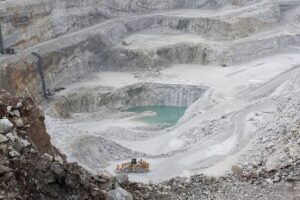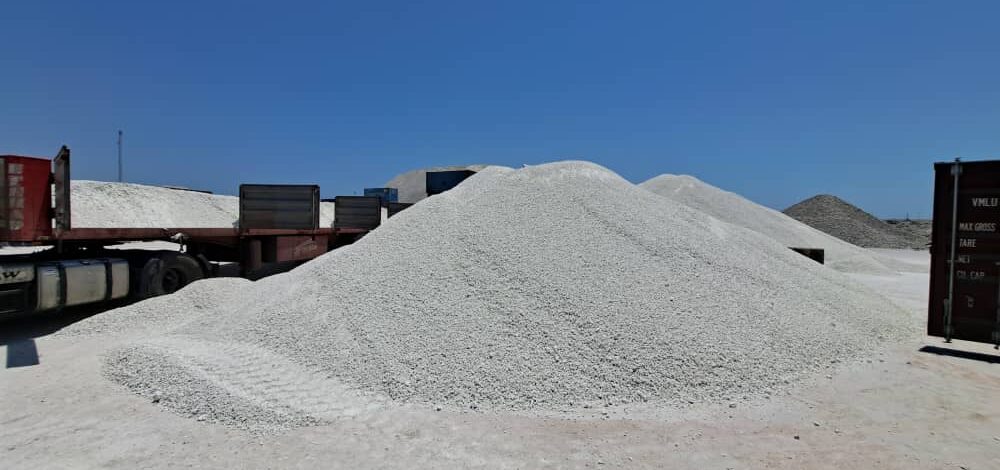Unlocking Global Industrial Growth
Minerals are the foundation of modern industry, construction, and technology. The biggest mineral resources in the world provide essential raw materials for energy, manufacturing, infrastructure, and electronics. From iron ore and coal to lithium and rare earth elements, these resources are crucial for global economic development and industrial innovation.

Why Mineral Resources Are Critical
Minerals support nearly every industry. Iron ore and coal drive the steel and energy sectors, while copper and aluminum power electronics and automotive manufacturing. Rare earth elements enable smartphones, electric vehicles, and renewable energy solutions. Additionally, industrial minerals like gypsum, barite, and bentonite are vital for construction, drilling, and ceramics.
Key advantages of abundant mineral resources include:
-
Industrial growth – reliable supply fuels manufacturing and energy production
-
Economic stability – mineral exports strengthen national economies
-
Technological innovation – rare and strategic minerals enable advanced technologies
Because of these benefits, countries with rich mineral resources often have a competitive advantage in the global market.
Biggest Mineral Resources by Type
1. Metallic Minerals
Metallic minerals provide the backbone of heavy industry. The largest resources include:
-
Iron ore – essential for steelmaking; major reserves are found in Australia, Brazil, and China
-
Copper – critical for electronics and infrastructure; Chile, Peru, and the US hold large reserves
-
Aluminum (bauxite) – used in transportation and packaging; top producers include Australia, Guinea, and Brazil
2. Energy Minerals
Energy minerals supply fuel for industries and power plants. Major examples include:
-
Coal – supports electricity generation and steel production; key reserves are in China, India, and the US
-
Uranium – powers nuclear energy; significant deposits exist in Kazakhstan, Canada, and Australia
-
Oil shale and natural gas minerals – support fuel and petrochemical production worldwide
3. Industrial Minerals
Industrial minerals are widely used in construction, chemicals, and drilling:
-
Gypsum – essential for cement and plaster
-
Barite – used in drilling fluids and oil well operations
-
Bentonite – important for drilling, ceramics, and detergents
4. Strategic and Rare Earth Minerals
Rare and strategic minerals are crucial for modern technology:
-
Lithium – powers batteries and EVs; abundant in South America’s Lithium Triangle
-
Rare earth elements – used in electronics, magnets, and renewable energy; China dominates production
-
Cobalt and nickel – essential for batteries and stainless steel production
Commercial Benefits of Investing in Mineral Resources
The biggest mineral resources provide significant commercial advantages. Companies benefit from stable supply chains, reducing operational risks. Investors gain long-term value as demand for minerals grows globally. Additionally, countries rich in resources attract foreign investment, boosting local economies and infrastructure development.
Future Outlook of Global Mineral Resources
Global demand for minerals is expected to increase sharply due to urbanization, renewable energy, and technological innovation. Countries and businesses that secure access to the biggest mineral resources will enjoy both economic growth and strategic advantages. Sustainable mining practices will also play a growing role, ensuring long-term availability while reducing environmental impact.
In conclusion, the biggest mineral resources are the backbone of industrial and technological development. They offer commercial opportunities, strategic advantages, and long-term growth potential for nations, businesses, and investors worldwide.

